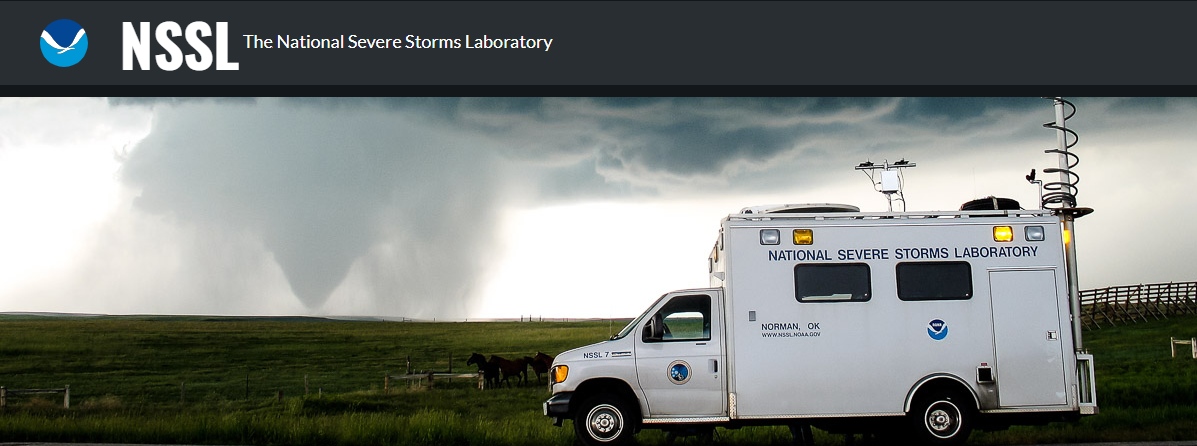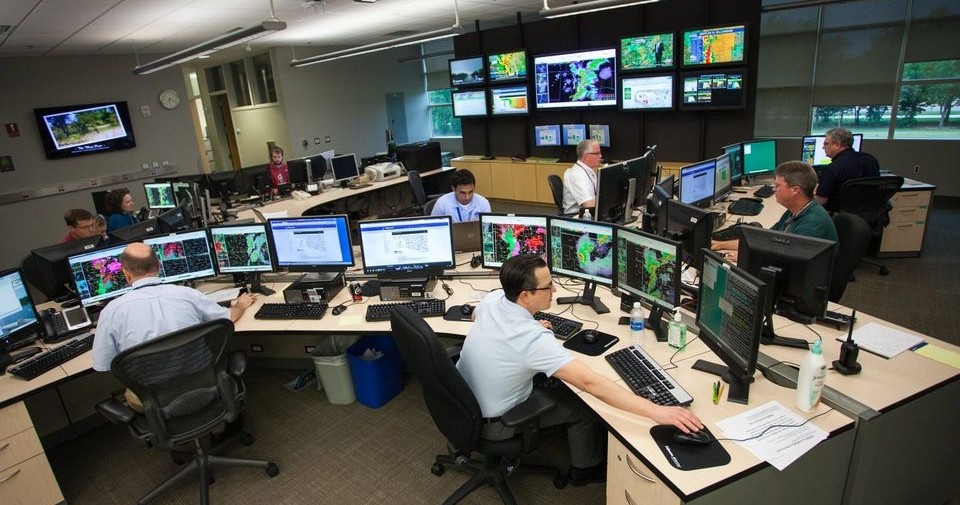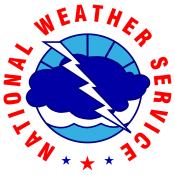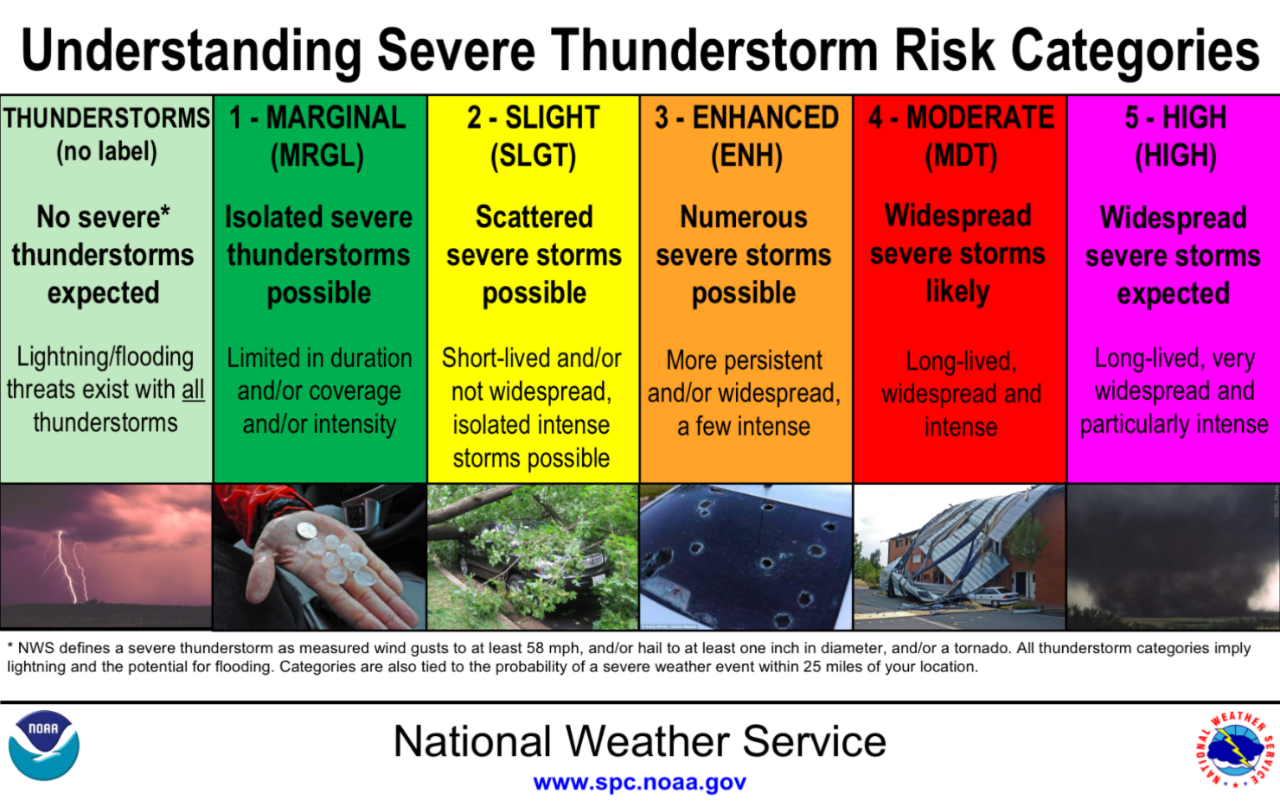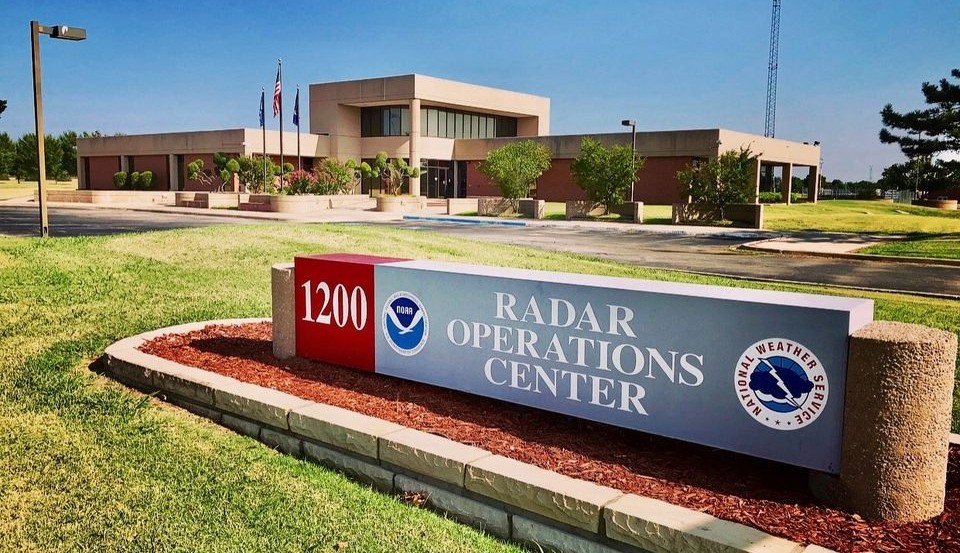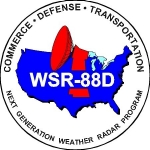The NEXRAD Radar Operations Center provides centralized meteorological, computer software, maintenance, and engineering support for all 158 NEXRAD (WSR-88D) radar systems deployed worldwide. Supported by the Departments of Commerce, Transportation and Defense, the ROC is responsible for modifying and enhancing the WSR-88D systems during their operational life to address changing requirements, technology advances and improved understanding of the application of these systems to real-time weather operations. The ROC also operates and maintains WSR-88D test systems for the development of hardware and software upgrades to enhance system reliability, maintenance, operation and provide new functionality. The facility maintains a 24 hour, seven days a week help desk that assists radar sites with technical support. The ROC also provides or arranges for depot-level maintenance support for field sites. The ROC was established in 1987.
Website: roc.noaa.gov/WSR88D

